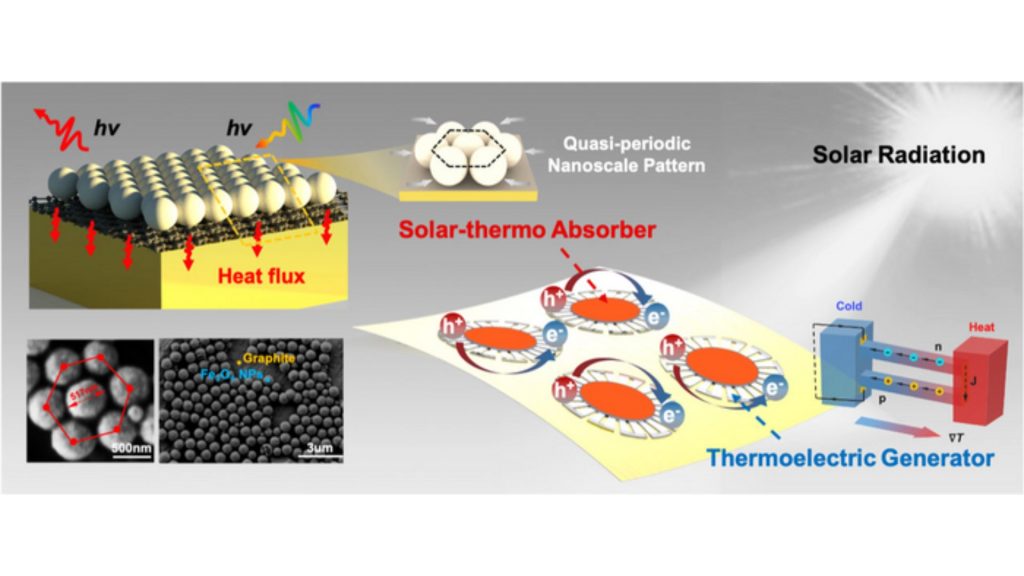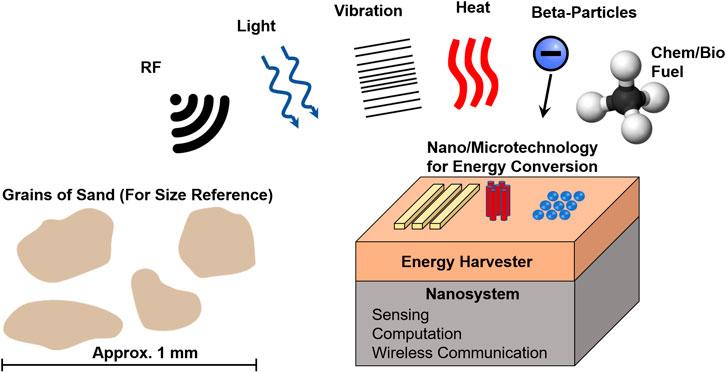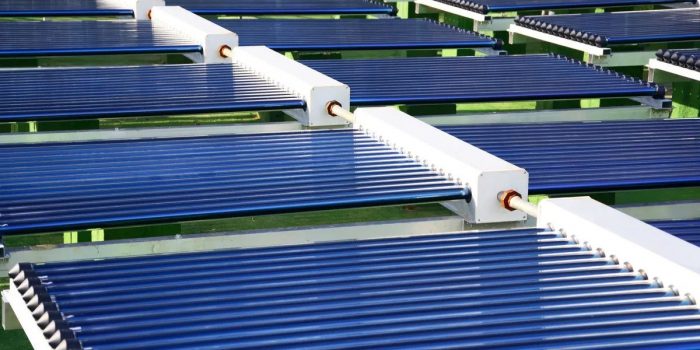Solar-thermal technology is a promising environmentally friendly energy harvesting method with a potential role to play in solving the fossil fuel energy crisis.
Existing solar energy harvesters that rely on micro- or nanoengineering don’t have sufficient scalability and flexibility and will require a novel strategy for high-performance solar light capture while simultaneously simplifying fabrication and reducing costs.
A collaborative effort from researchers at universities in China and Singapore has resulted in the production of a solar harvester that not only uses nanoparticles but can also assemble by itself.
“A good solar-thermal harvester should be able to absorb the wave and get hot, thereby converting solar energy into thermal energy,” said Ying Li of Zhejiang University, who was involved in the research. “The process requires a high absorbance (100 percent is perfect), and a solar harvester should also suppress its thermal radiation to preserve the thermal energy, which requires a low thermal emissivity (zero means no radiation).”

In APL Photonics, from AIP Publishing, researchers from Harbin University, Zhejiang University, Changchun Institute of Optics, and the National University of Singapore designed a solar harvester with enhanced energy conversion capabilities.
The device employs a quasiperiodic nanoscale pattern – meaning most of it is an alternating and consistent pattern, while the remaining portion contains random defects (unlike a nanofabricated structure) that do not affect its performance. In fact, loosening the strict requirements on the periodicity of the structure significantly increases the device’s scalability.

The quasiperiodic nanophotonic structure demonstrated a high absorbance (greater than 94 percent) under normal solar illumination with highly suppressed emissivity (less than 0.2). These features enabled the absorber to demonstrate a fast and significant temperature rise greater than 176 Fahrenheit (80 degrees Celsius).
This thermal energy harvested by the device can also be converted into electricity using thermoelectric materials. The researchers built a flexible planar solar thermoelectric harvester using the nanoparticles that reached a sustaining voltage of over 20 millivolts per square centimeter. This energy would be sufficient to power 20 LEDs per square meter of solar irradiation, the press release said.
“This highly versatile structure and our fundamental research can be used to explore the upper limit of solar energy harvesting, such as flexible scalable solar thermoelectric generators, which can serve as an assistant solar harvesting component to increase the total efficiency of photovoltaic architectures,” Li added.
The research findings were published today in the journal APL Photonics.


